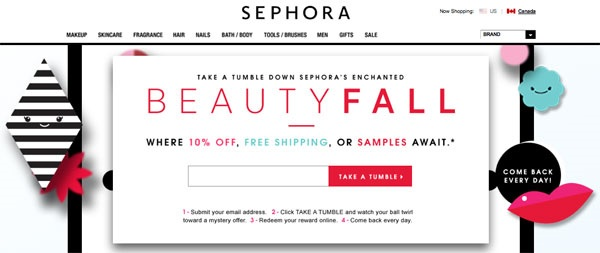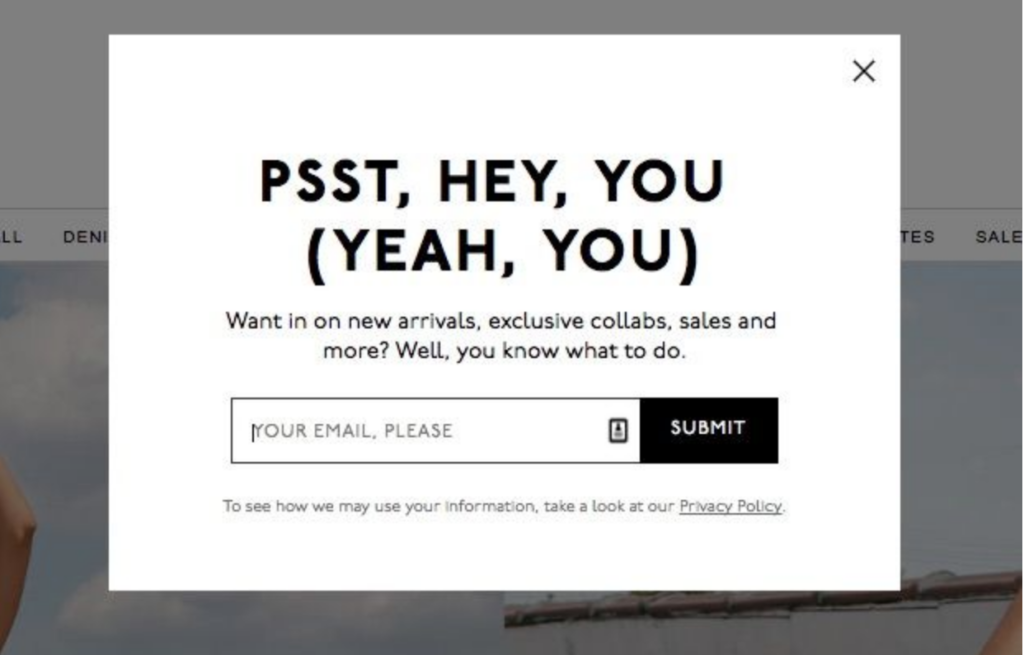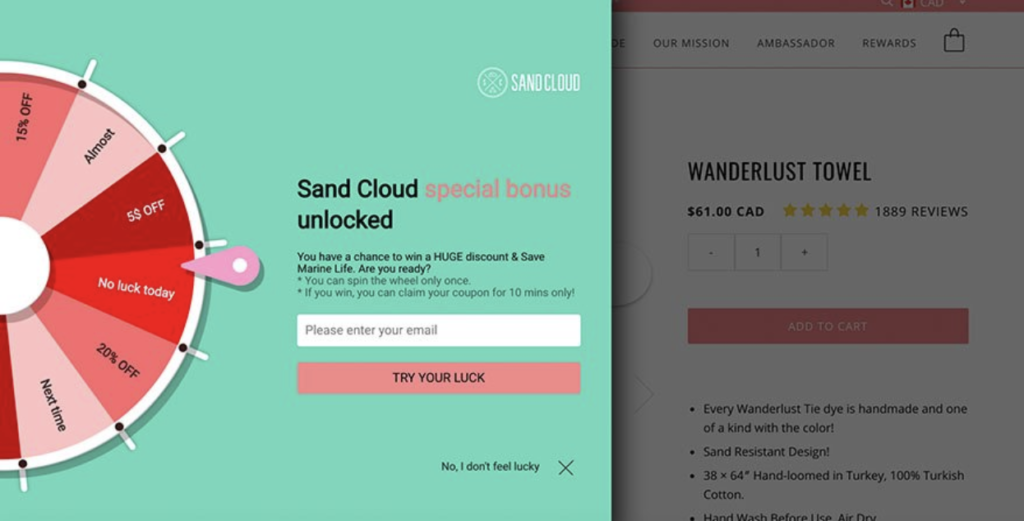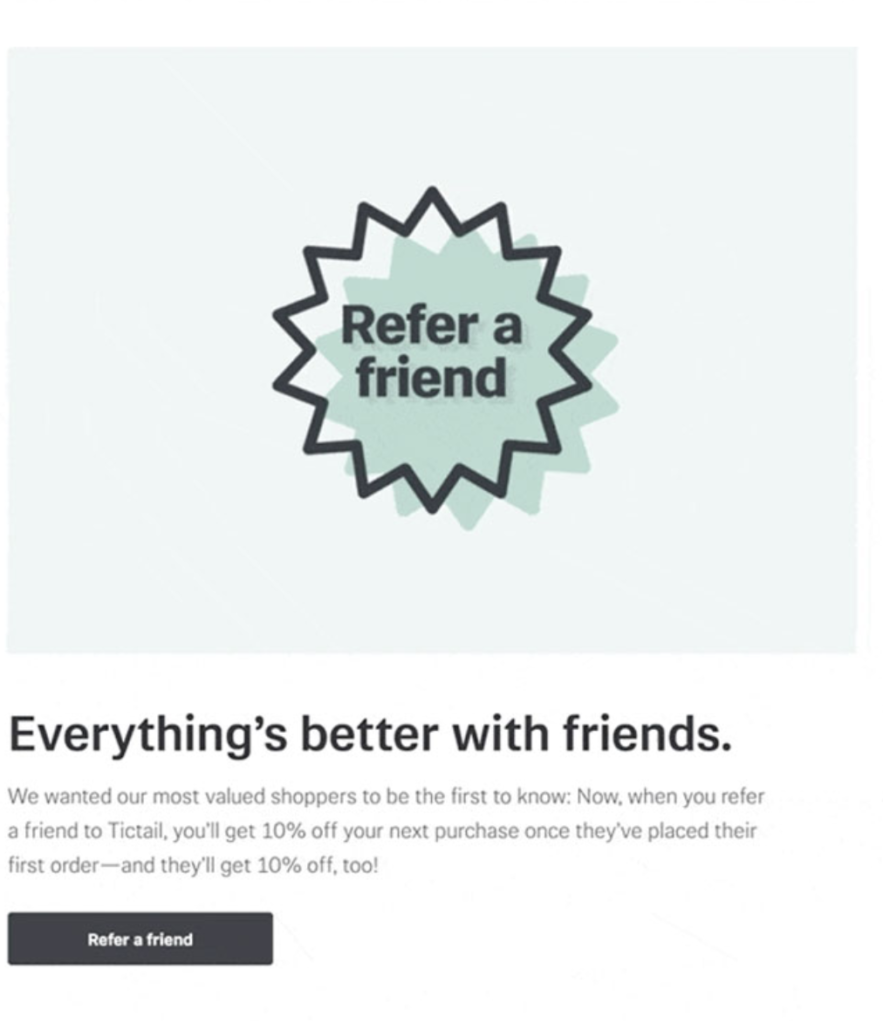INTRODUCTION
“The money is in the list”
Although to some, this may sound like a cryptic riddle from a long ago published novel- ecommerce experts know the secrets of this riddle refer to none other than emails.
In comparison to other marketing tactics, emails by far yield the highest results in terms of return on investment. For every one dollar spent, the ROI from email marketing is approximately 40 dollars.
To say the least, there is a lot to gain from a refined and built up email list of quality leads. But, just starting out and creating this list is the part that many business owners struggle with. In this article we discuss ways to not only start an email list from scratch, but to continue growing the list of these qualified leads to get the highest ROI possible.

GETTING STARTED
The first steps include the technological side of set up. Getting a reliable email service provider is a perfect place to start- for a good reason. The ideal provider has a system that fits the business model and makes it easy to track the effectiveness of the emails with.
From here, it is essential that the future emails to potential clients route to a well- built website and a landing page that is effectively designed and easy to navigate.
Once the technical side is completed, it is time to shift focus to the actual individuals that the business wants to target. Of all the factors that play into the success of email marketing- arguably the most important factor is knowing the desired audience. Although applicable to all forms of marketing, the quality leads are much more important than the quantity of leads that will receive the emails to their inbox.
The leads that should be targeted are individuals that already know the brand and have signed up to receive these emails one way or another. It is the process of sending advertisements and updates to people who have interacted with the business beforehand that will cause them to form interest in future concepts or products. Having these kinds of leads is precisely the reason that makes emails as effective as they have proven to be in creating ROI.
As we move into discussing the actual process of acquiring these qualified leads, it is key to remember that this is an ongoing process. Whether a business has been built up for decades or is just starting out today, gathering new emails to put on the list should be a priority at all times.
In an article by Hubspot, it shows that email marketing databases naturally degrade by 22.5% every year. This is because 30% of subscribers change their email every year. As the value of the list depreciates, adding to it should always be a major goal in the campaign.
Here are some of the most effective ways to not only create a successful marketing platform clientele through emails, but to keep growing.

WAYS TO BRING PEOPLE IN

Standard Opt in:
Although this option is the most obvious of the tactics to adding to an email list, it is also the most underrated. Having a box in which customers browsing a web page can opt themselves in is always a good place to begin.

Pop Up Box:
This option is incredibly dynamic in nature as it can be set to pop up for different events and at different times. For example, pop up forms can be set to show up after a certain number of seconds of a user navigating to a page. This is a great way to gage if someone is actually interested in the brand and therefore a qualified lead. Another benefit is that these forms are less passive than the standard opt in, working more as a call to action.
Incentives:
In order to glean the interests of potential subscribers, it is essential to create an incentive for them in exchange. In creating an incentive for an email form, it is important to make sure that the content is relevant to the buyer.
For example, asking people to sign up for emails with the promise of free updates on the business does not have the same ring to it as “free shipping when you enter your email”.

Gamification:
For the days that discounts just don’t cut it, gamification is a wonderful approach. Getting creative with the ideas for bringing in new email subscribers is fun and effective. An example of this would be the popularized “Wheel of Fortune” discount wheel. The catch is that in order to play and possibly win a big discount on an order- the user must enter their email first. This creates a win-win situation in which the customer walks away with a discount and the business walks away with another email.

Have A Targeted Landing Page:
This method focuses mainly on acquiring leads outside of the website homepage. Routing the click to a more simple and direct page is often followed by a higher conversion rate because the focus is only on one element. For example, a link to a limited time promotion would lead a browsing customer to this type of landing page with an email form.
Powerful Lead Magnets:
The unknown is often frightening to consumers. Shopping somewhere new is typically a hit or miss and therefore the conversion rate for Ecommerce websites stands at around 3%. This means that 97% of individuals that come onto a website will likely not return again. As a means to familiarize the brand and keep the shopper intrigued, lead magnets such as PDF guides, ebooks, gift guides, stock images, etc. are all examples of this. When adding this to a site it is important to keep the information relevant to the niche consumer being catered to in order to catch attention.

Giveaways:
This is a popular way to not only build up an email list, but actually grow a following on social media. The most common platforms for giveaways are Instagram and Facebook, as cost per click is usually very cheap and exposure is high. An excellent method for this is not only gathering emails upon entry into the giveaway, but creating an added chance to win for every network the campaign is shared on.

Referral Programs:
Similar to the process of giveaway referrals, many companies opt to have referral programs in order to build their list of emails. This can be done by presenting the option for users to forward emails or- more effectively- offering a special promotional code for those who participate in giving these referrals to friends and family. This is an incredibly valuable way to grow a list of clients because as humans, we always value the word of those we know best.
Offline Scouting:
Although this should not be the main form of email acquisition, it is important to create brand awareness at all times, online and offline. Examples of this include: printing business cards to hand out, participating in fairs (with an email column printed and present), or asking customers for emails if the product is also sold offline. In these ways, a business can continue to grow an email list and thus reach more potential customers.

CONCLUSION
If it hasn’t been prioritized already, now is the perfect time to start working towards building a solid and reliable list of emails. Not only is the return on investment for emails a whopping 40:1, emails open up a path of connection between the business and the consumer and create long term brand awareness.
As it is a continuous process, these steps should be followed with a set strategy in mind and on a consistent level in order to always be refining and growing both the email list and the company itself. Just remember, “the money is in the list!”





Comments are closed.